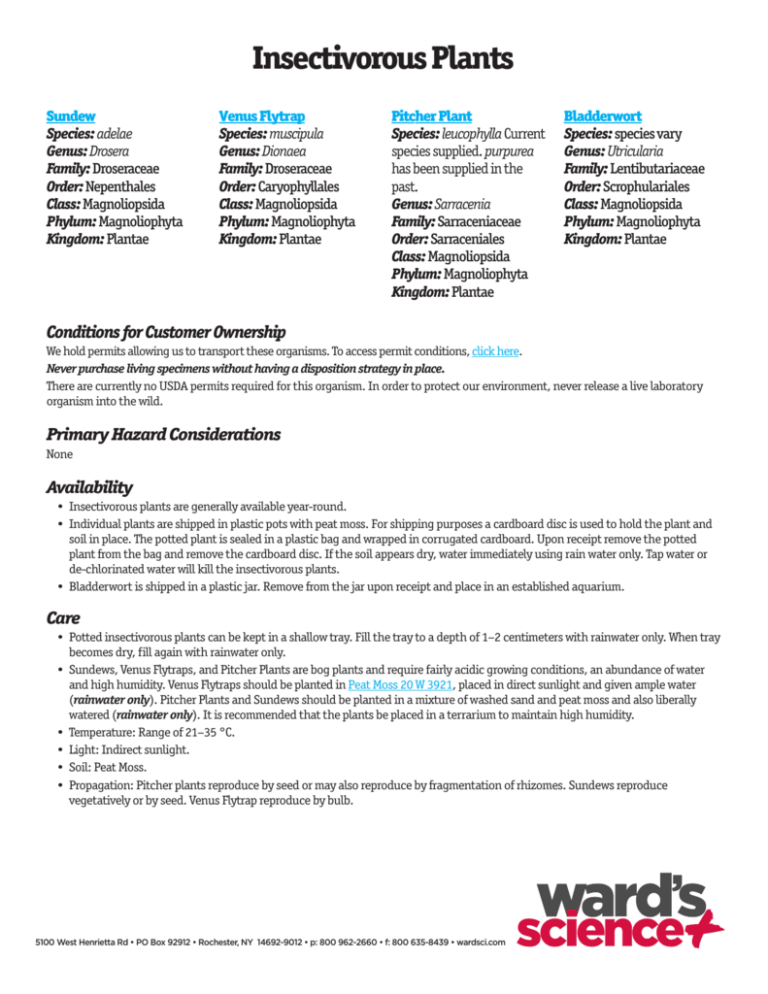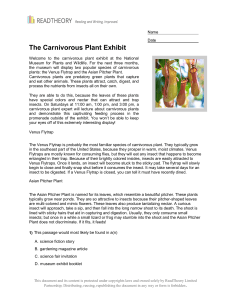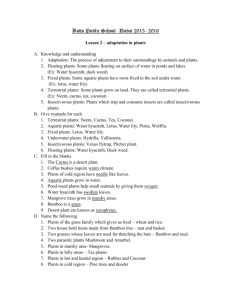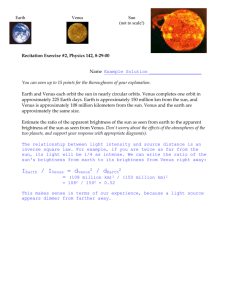
Insectivorous Plants
Sundew
Species: adelae
Genus: Drosera
Family: Droseraceae
Order: Nepenthales
Class: Magnoliopsida
Phylum: Magnoliophyta
Kingdom: Plantae
Venus Flytrap
Species: muscipula
Genus: Dionaea
Family: Droseraceae
Order: Caryophyllales
Class: Magnoliopsida
Phylum: Magnoliophyta
Kingdom: Plantae
Pitcher Plant
Species: leucophylla Current
species supplied. purpurea
has been supplied in the
past.
Genus: Sarracenia
Family: Sarraceniaceae
Order: Sarraceniales
Class: Magnoliopsida
Phylum: Magnoliophyta
Kingdom: Plantae
Bladderwort
Species: species vary
Genus: Utricularia
Family: Lentibutariaceae
Order: Scrophulariales
Class: Magnoliopsida
Phylum: Magnoliophyta
Kingdom: Plantae
Conditions for Customer Ownership
We hold permits allowing us to transport these organisms. To access permit conditions, click here.
Never purchase living specimens without having a disposition strategy in place.
There are currently no USDA permits required for this organism. In order to protect our environment, never release a live laboratory
organism into the wild.
Primary Hazard Considerations
None
Availability
• Insectivorous plants are generally available year-round.
• Individual plants are shipped in plastic pots with peat moss. For shipping purposes a cardboard disc is used to hold the plant and
soil in place. The potted plant is sealed in a plastic bag and wrapped in corrugated cardboard. Upon receipt remove the potted
plant from the bag and remove the cardboard disc. If the soil appears dry, water immediately using rain water only. Tap water or
de-chlorinated water will kill the insectivorous plants.
• Bladderwort is shipped in a plastic jar. Remove from the jar upon receipt and place in an established aquarium.
Care
• Potted insectivorous plants can be kept in a shallow tray. Fill the tray to a depth of 1–2 centimeters with rainwater only. When tray
becomes dry, fill again with rainwater only.
• Sundews, Venus Flytraps, and Pitcher Plants are bog plants and require fairly acidic growing conditions, an abundance of water
and high humidity. Venus Flytraps should be planted in Peat Moss 20 W 3921, placed in direct sunlight and given ample water
(rainwater only). Pitcher Plants and Sundews should be planted in a mixture of washed sand and peat moss and also liberally
watered (rainwater only). It is recommended that the plants be placed in a terrarium to maintain high humidity.
• Temperature: Range of 21–35 °C.
• Light: Indirect sunlight.
• Soil: Peat Moss.
• Propagation: Pitcher plants reproduce by seed or may also reproduce by fragmentation of rhizomes. Sundews reproduce
vegetatively or by seed. Venus Flytrap reproduce by bulb.
8FTU )FOSJFUUB 3E t 10 #PY t 3PDIFTUFS /: t Q t G t XBSETDJDPN
Habitat
• Insectivorous plants can be kept in a plastic terrarium or glass aquarium.
• A suitable Terrarium 21 W 2101 can be used as supplied with the Insectivorous Terrarium 86 W 9120.
• The insectivorous terrarium should be placed where there is good light, and the plants should be well watered. When watering,
be sure to pour water inside the Pitcher Plant to keep it from drying out. USE RAINWATER ONLY WHEN WATERING YOUR
INSECTIVOROUS PLANTS. If condensation becomes a problem, allow for more air circulation by removing the cover of the terrarium.
• Bladderworts will live in aquaria, requiring only adequate light, preferably sunlight, and a relatively even temperature.
Life Cycle
Venus Flytraps are active during May to October. During the winter months a period of dormancy will occur. The foliage of the Venus
Flytrap will die at this time and the plant should be kept in an environment of 8–10 °C. An alternative method is to remove the bulb
from the plant. Spray the bulb with a fungicide and wrap in damp living Sphagnum Moss 86 W 4400, place in a plastic bag and
refrigerate 4 to 6 weeks. Allowing hibernation of the Venus Flytrap will keep the plant healthy. Upon completion of hibernation, repot
the bulb in peat moss.
Wild Habitat
• Venus Flytraps are found in boggy areas of North and South Carolina.
• The Venus Flytrap uses a method along the lines of a steel trap. The insect lands on the trap at the leaf tip and touches one of the
trigger hairs. The trap then closes around it. The plant secretes enzymes, which digest the insect. Depending on the size of the
insect, the trap will re-open in 5 to 14 days. Closure of the trap can be demonstrated by touching the trigger hairs with the end of
a pencil. The trap will re-open in 24 hours. A trap can only re-open a limited number of times before it remains closed.
• Sundews are found in bogs and swamps throughout North America, South America, Europe, Asia, and South Africa. The
Sundew has its leaves covered with glandular hairs, which secrete a sticky substance. Small insects adhere to the leaves and
adjoining hairs bend over, holding the insect firmly in place. Other glands on the hairs secrete digestive enzymes and the insect
is consumed.
• Worldwide there are about 500 species of Pitcher Plants occurring in bogs, savannahs, and flat woods. Pitcher Plants, one of the
largest insectivorous plants, have leaves that form horn-shaped pitchers, which partly fill with water. Insects wander into the
pitcher and are prevented from leaving by stiff downward pointing hairs. The insects eventually fall into the water and drown.
It is not known whether the plant itself secretes digestive enzymes or merely absorbs some of the products of degradation as
bacteria breakdown the dead insect.
• The Bladderwort is an aquatic or amphibious herb. Species are found in ponds or sluggish streams over most of eastern
North America. Tiny aquatic invertebrates are trapped in special bladder-like modified leaves. These traps are furnished with
valvular lids that open inward when triggered by contact. The prey is sucked in with a rush of water, and the valve then closes
leaving it trapped in the bladder.
Disposition
We do not recommend releasing any laboratory specimen into the wild, and especially not specimens that are not native to the
environment. When finished with your plant please dispose of it by incineration in a well-ventilated area.
© 2008 Ward’ s Science. All rights reserved. Rev. 9/08, 11/09, 3/13
8FTU )FOSJFUUB 3E t 10 #PY t 3PDIFTUFS /: t Q t G t XBSETDJDPN










